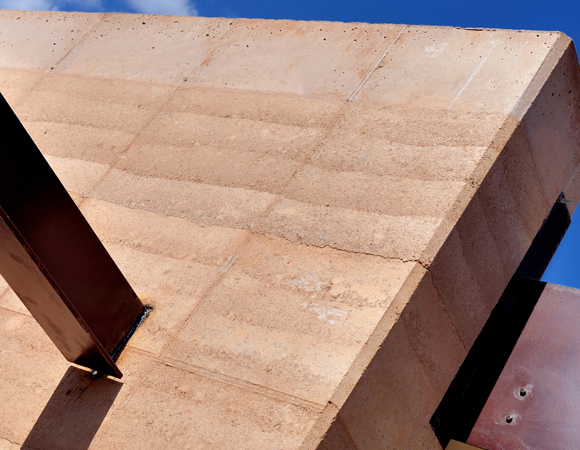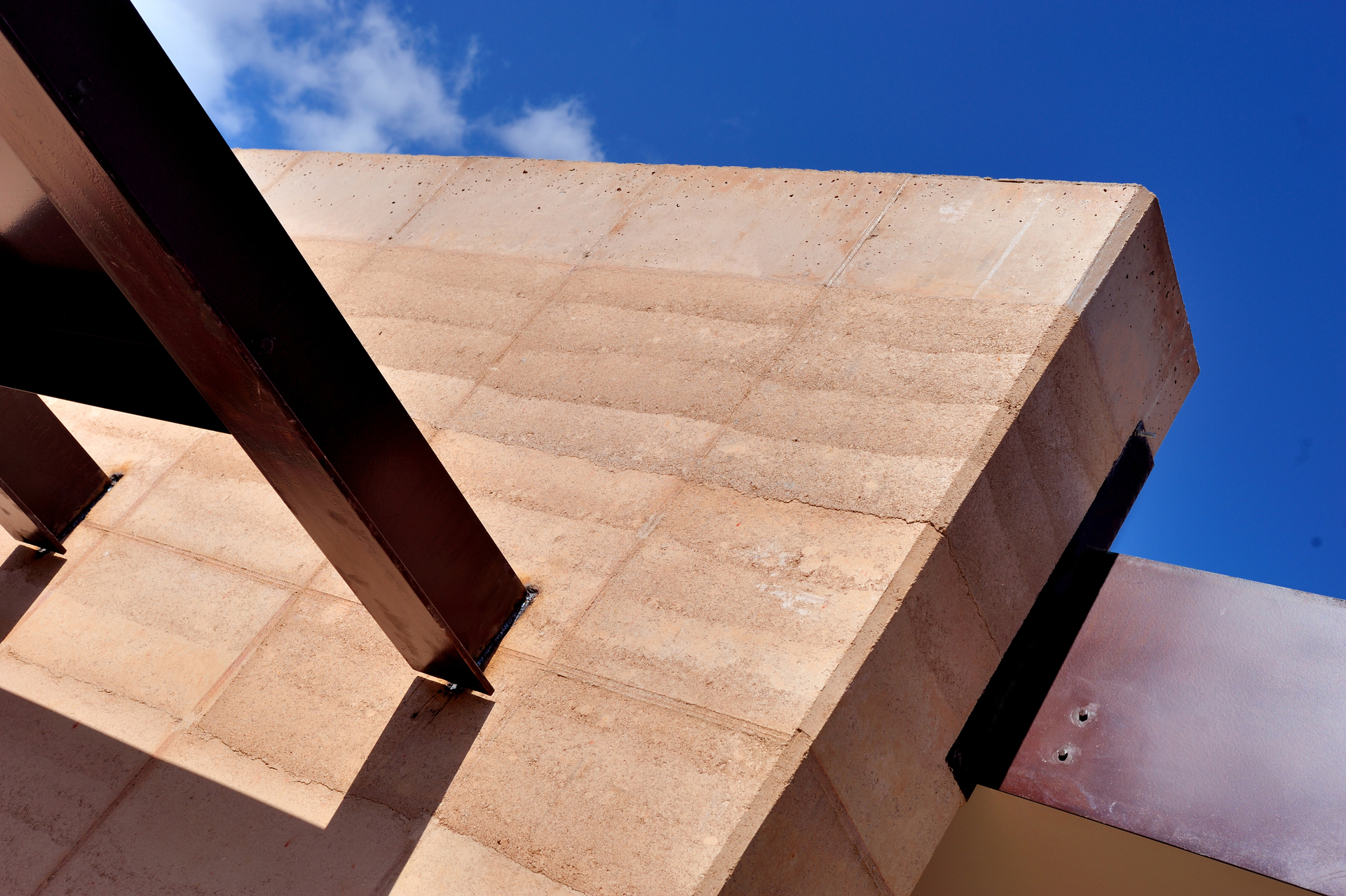Walls bind our homes together, hold our possessions, define our boundaries. When choosing a wall material, we consider several factors, including building footprint, site terrain, project budget and our clients’ aesthetic ideas.
We build many wall systems and guide our clients to the form, shape and substance that best meet their goals.
Adobe
Adobe is a sun-dried earth brick. Adobe has a long tradition of use throughout the southwestern United States, Mexico, North Africa and other arid regions worldwide. Modern adobe bricks are usually stabilized with cement.

Pressed Earth Block
Pressed earth block is an adobe-rammed earth block hybrid. Like adobe, it is an earth brick system that is laid in courses and set in place with mortar. Like rammed earth, the earth is compressed resulting in a very dense block with superior thermal mass properties
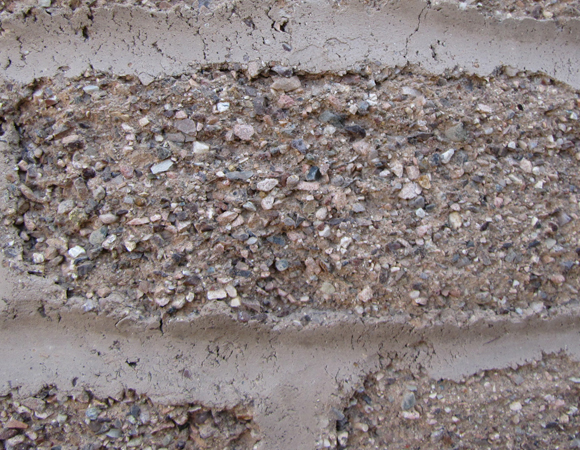
ICF
Insulated concrete forms are masonry wall systems made by combining recycled polystyrene with concrete. Polystyrene enhances the R-value (insulation value) of the concrete and decreases the weight of the module, so walls made from this product can be erected quickly. ICF walls are finished with exterior stucco and interior plaster or dry wall.
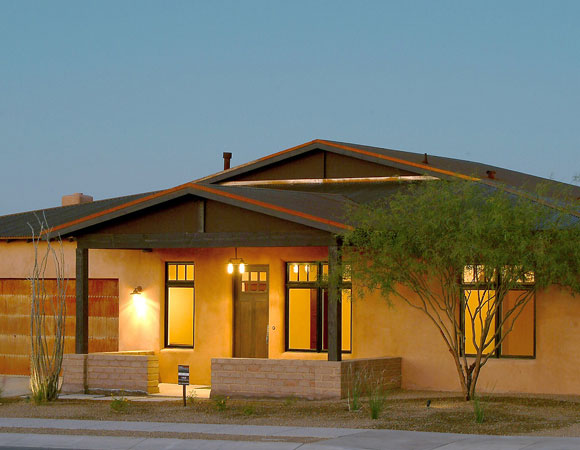
Concrete Block
Eight-inch concrete block walls lend themselves to two-story construction. Concrete blocks are narrower than rammed earth, adobe or ICF so result in greater usable square footage within the building footprint. Interior insulation strategies are used with this system.
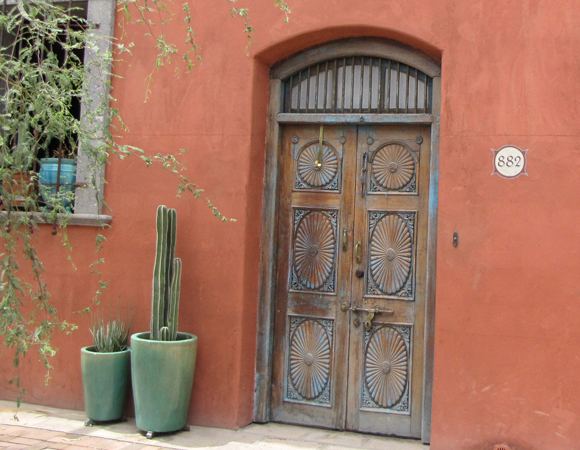
Frame Construction
Frame wall systems are the least expensive and quickest to build. When combined with high quality insulation, frame walls can now achieve energy efficiency on par with masonry systems.
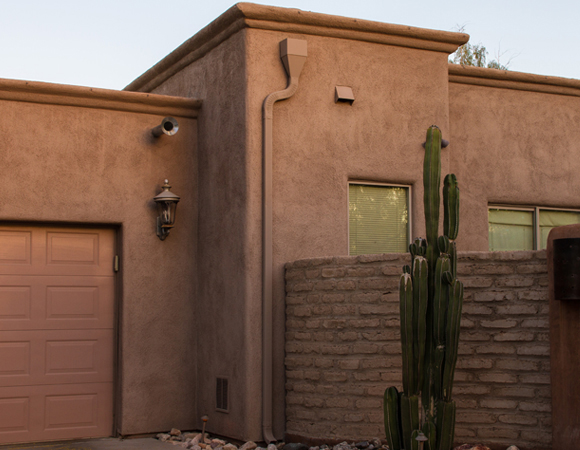
Rammed Earth
Rammed earth is an ancient building technique, which is ideally suited to a desert climate because of its excellent thermal mass properties. Rammed earth walls are built by compacting a soil-cement mixture into a form. The result is a beautifully striated natural wall system.
